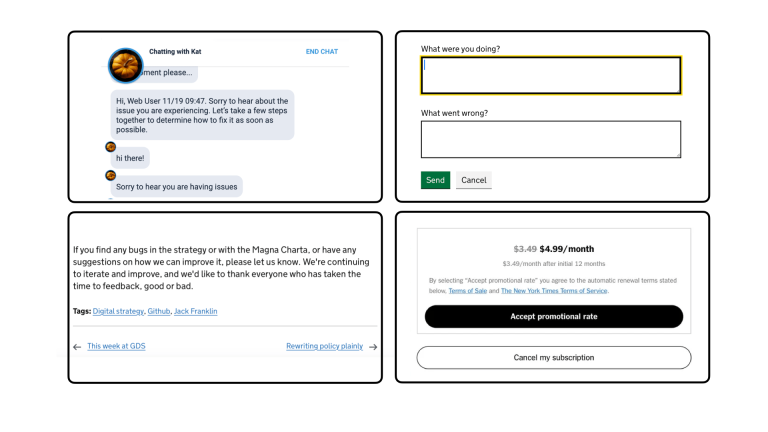Content drives search engine optimization and email and social media marketing, providing the fuel for each.
In February 2025, content marketers will almost certainly address Valentine’s Day, but they might also consider the “Peanuts” cartoon creator, Pet Rocks, movies, “Cinderella,” and shopper engagement.
What follows are five content marketing ideas for your business.
Table of Contents
Remember Charles M. Schulz
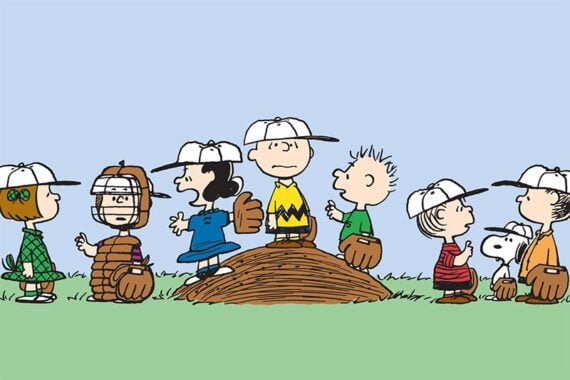
The creator of the “Peanuts” comic strip, Charles Schultz, passed away in February 2000.
American cartoonist Charles Schulz passed away on February 12, 2000.
Schulz created the beloved comic strip “Peanuts” in 1950, introducing the world to Charlie Brown, Snoopy, Woodstock, and many other engaging characters.
The anniversary of Schulz’s death presents a content marketing opportunity for retailers of licensed “Peanuts” products. For example, publishing a commemorative blog post seems appropriate for knitting supplier Stitch & Story, which has a “Peanuts” collection.
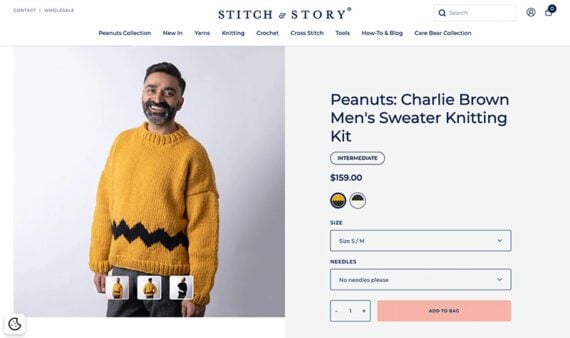
Stitch & Story has a clear connection to “Peanuts” products.
The “Peanuts” connection, however, can go beyond licensing. Nearly any content marketer should be able to find a connection, publishing what-if articles or nostalgic essays.
For example, an online store selling musical instruments could publish a new review of the late pianist Cinve Guaraldi’s “Peanuts Greatest Hits” jazz album.
Moreover, any Schulz or “Peanuts” content published in February 2025 may also be helpful on October 2, when the comic strip itself celebrates its 75th anniversary.
Propose a Pet [insert product] Video
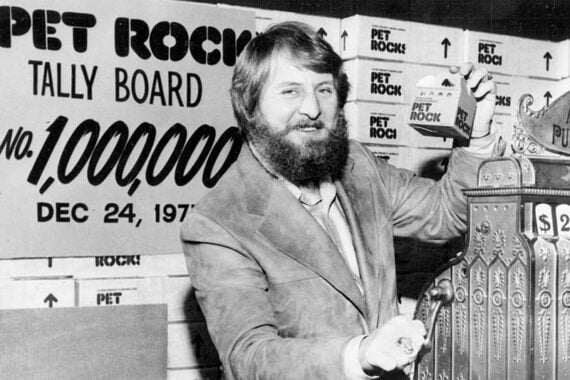
The Pet Rock fad made Gary Dahl a millionaire.
In 1975, Gary Dahl had an idea that demonstrated the power of advertising and copywriting. Sell rocks.
According to published reports, Dahl conceived the “Pet Rock” fad while chatting with friends about pets at a bar.
Soon, he sourced small, smooth stones from beaches in Mexico, wrote a 32-page instruction and care manual, and secured two investors to launch the products. By February 1976, more than a million “Pet Rocks” had been sold at an average price of $4.
Dahl was an instant millionaire.
In February 2025, clever content marketers might borrow from Dahl’s ideas and create videos about their pet products. The content doesn’t need to be about a real “pet,” but it should be a fun way to promote the products a store sells.
Global Movie Day

The new Captain America movie, coming out in February, is an opportunity for content marketers.
Celebrated on the second Saturday of February (the 8th in 2025), Global Movie Day aims to promote the film industry and recognize the influence movies, such as Captain America, have on culture.
For content marketers, the event is an opportunity to include movie-themed keyword phrases in articles that feature the products a store sells and the markets it serves.
Content could take a few forms.
- Articles about how a specific film influenced products,
- Movie reviews,
- Videos, posts, and podcasts about the film industry’s cultural impact.
Disney’s Cinderella Turns 75

Cinderella is an inspiration for loads of how-to articles.
First released on February 15, 1950, Disney’s classic animated film “Cinderella” was an instant hit with parents and children alike.
The story features themes of love, home, and transformation, which still resonate with consumers.
Content marketers could take a few approaches with “Cinderella,” but one of the best might be how-to posts and tutorials. Here are some example article titles. Each could provide detailed instructions and a recommended product list featuring items the store sells.
- Kitchen supply store: “Create an Anniversary Dinner with Cinderella-Inspired Table Settings.”
- A lady’s apparel shop: “Incorporate Princess Elements into Modern Wardrobes.”
- A garden supply retailer: “Landscaping Inspiration from Cinderella’s Castle Grounds.”
- A cleaning supply shop: “The Art and Science of Floor Scrubbing.”
Start a Monthly Update
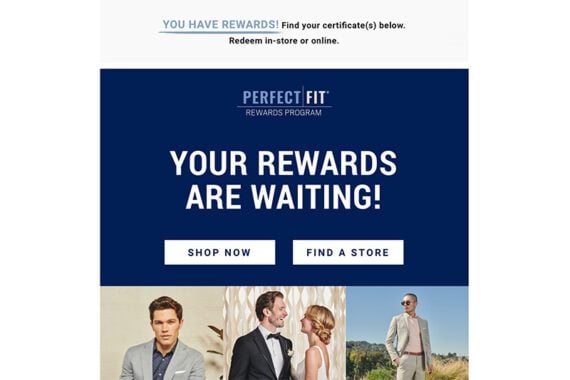
Men’s Warehouse sends a monthly rewards points update.
This idea comes from the software-as-a-service industry, where lifecycle marketers share statistical and performance updates with customers.
For example, the clothier Men’s Warehouse regularly sends a reward points message, updating shoppers on their points balance and encouraging its use.
In February, content marketers could launch a monthly update personalized to loyal shoppers. It could include reward information, similar to Men’s Warehouse, but go further, with blog posts, discounts on new products, and early access to items.
The aim is to give shoppers an ongoing reason to engage.



